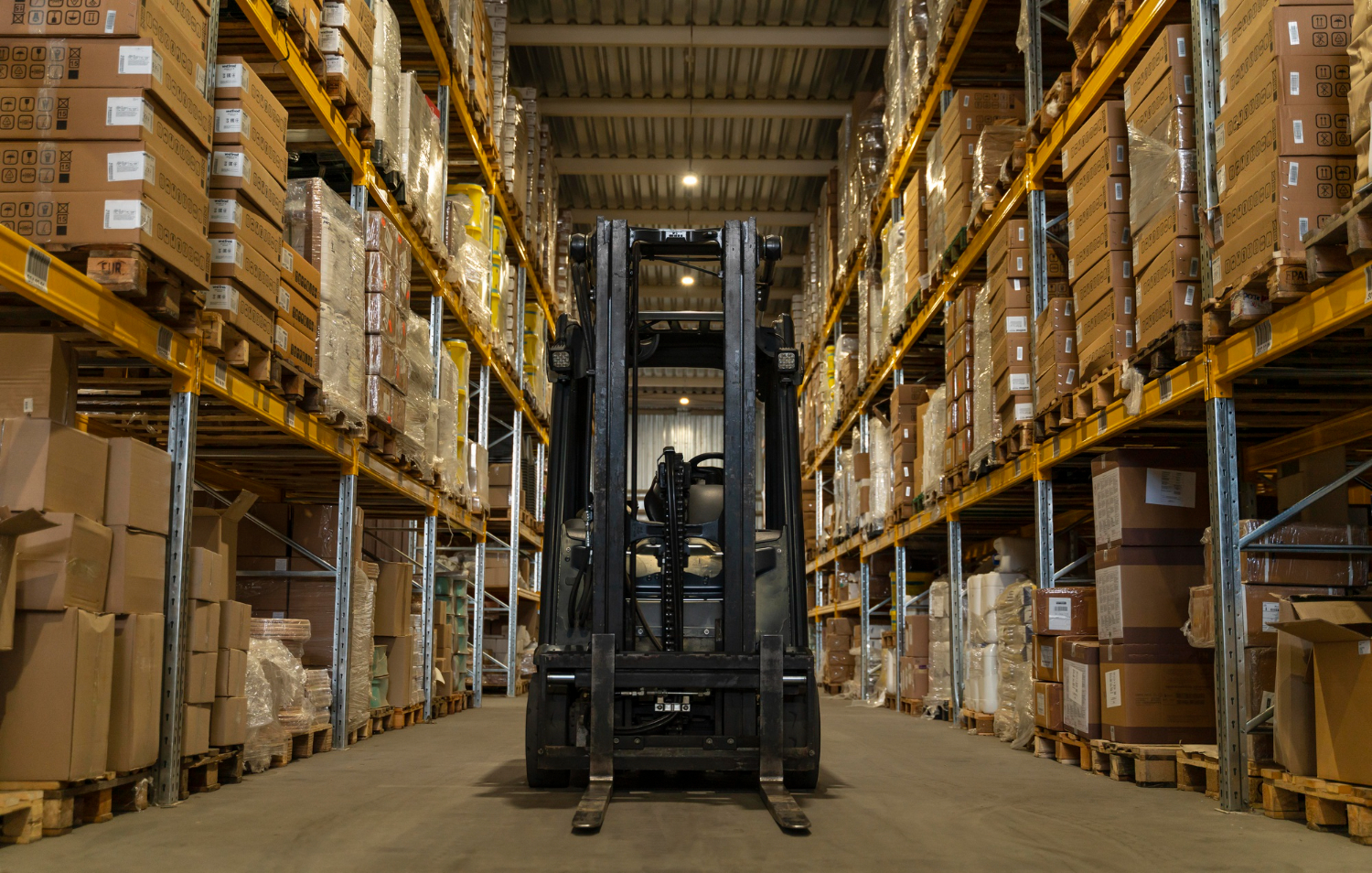Latest Trends in Warehouse Management
- fruiSCE
- /
- May 18, 2024
- /
- Views
Warehouse management is experiencing a transformative evolution in 2024, spurred by technological advancements and shifting consumer demands. From the adoption of sophisticated warehouse management systems (WMS) to the integration of cutting-edge technologies like RFID tags, Internet of Things (IoT), artificial intelligence (AI), and machine learning, warehouses are undergoing a paradigm shift towards greater efficiency, accuracy, and responsiveness. In this blog, we'll delve into the latest trends reshaping warehouse management practices and explore how businesses can harness these innovations to gain a competitive edge in today's dynamic market landscape.
Warehouse Management Systems (WMS):
The cornerstone of modern warehouse operations lies in the implementation of robust warehouse management systems (WMS). Whether deployed locally or as cloud-based solutions, WMS platforms offer comprehensive tools to oversee and optimize supply chain functions. By facilitating efficient warehouse layout design, providing real-time access to critical data, streamlining operational workflows, enhancing inventory accuracy, bolstering safety measures, and fostering stronger supplier and customer relationships, WMS solutions serve as indispensable assets for driving operational excellence and customer satisfaction.
Visibility:
In an era marked by heightened consumer expectations and demand for transparency, visibility has emerged as a pivotal aspect of warehouse management. With customers seeking real-time updates on order status, packing, and shipping, warehouses must prioritize visibility across their operations. By leveraging advanced tracking and monitoring systems, warehouses can provide stakeholders with timely and accurate information, thereby minimizing inquiries and enhancing overall operational efficiency and customer satisfaction.

Stock Merging:
In 2024, warehouses are seeing a rise in demand for stock merging capabilities. This trend offers businesses flexibility and efficiency in inventory management. Consolidating products into a single stock optimizes space utilization and reduces handling costs. It also supports sustainable practices by minimizing excess production. As businesses prioritize sustainability, stock merging becomes essential for meeting customer demands and market dynamics.
RFID Tags:
The widespread adoption of RFID (Radio Frequency Identification) technology is revolutionizing inventory tracking and management within warehouses. These compact yet powerful tags utilize radio waves to transmit real-time location data for assets such as products or pallets. With RFID scanners capable of processing vast quantities of tags simultaneously, warehouses can achieve unparalleled levels of inventory visibility, optimize stock movements, and streamline order fulfillment processes with unparalleled speed and accuracy.
Internet of Things (IoT):
The Internet of Things (IoT) is driving a new era of interconnectedness and intelligence in warehouse operations. By embedding sensors and connectivity into critical machinery and assets, warehouses can monitor and control various operational parameters in real-time. From climate control systems in cold storage facilities to equipment performance monitoring, IoT-enabled solutions empower warehouses to proactively manage resources, prevent downtime, and optimize operational efficiency, thereby ensuring seamless and uninterrupted operations.

Artificial Intelligence & Machine Learning:
Artificial intelligence (AI) and machine learning are reshaping warehouse management by enabling predictive analytics, process automation, and data-driven decision-making. Through sophisticated algorithms and predictive models, warehouses can optimize inventory management, enhance workforce scheduling, and anticipate demand fluctuations with unprecedented accuracy and foresight. By harnessing the power of AI and machine learning, warehouses can unlock new levels of efficiency, agility, and responsiveness in their operations.
Automated Picking Tools:
The advent of automated picking technologies is revolutionizing warehouse order fulfillment processes by reducing reliance on manual labor and enhancing operational efficiency. Solutions such as pick-to-light systems, voice-activated picking, and robotic order picking offer significant improvements in speed, accuracy, and scalability. By automating repetitive and labor-intensive tasks, warehouses can minimize errors, accelerate order processing times, and optimize resource utilization, thereby driving cost savings and improving customer satisfaction.

Warehouse Security:
Warehouses face increasing pressure to enhance security measures to protect valuable inventory. Implementing advanced systems like alarm systems, surveillance cameras, and smart locks is crucial. Additionally, cloud-based solutions ensure secure data storage and transmission. Cybersecurity measures, including blockchain technology, combat data fraud. Cyber risk management systems help assess and address security gaps, ensuring comprehensive protection against cyber threats.
Data Optimization:
In the age of digital transformation, data optimization has emerged as a critical imperative for warehouses seeking to maximize operational efficiency and agility. Advanced analytics platforms and optimization algorithms enable warehouses to extract actionable insights from vast datasets, facilitating informed decision-making and continuous process improvement. By leveraging data-driven strategies for predictive maintenance, demand forecasting, and resource allocation, warehouses can enhance productivity, mitigate risks, and stay ahead of evolving market dynamics.
As warehouses navigate the complexities of today's business landscape, embracing technological innovations and best practices will be essential for driving sustainable growth and competitive advantage. By investing in cutting-edge solutions such as WMS platforms, RFID tagging systems, IoT-enabled devices, AI-driven analytics, automated picking tools, and data optimization strategies, warehouses can position themselves for success in an increasingly digital and interconnected world. By staying agile, adaptive, and forward-thinking, warehouses can unlock new opportunities for efficiency, profitability, and customer satisfaction in the years to come.
